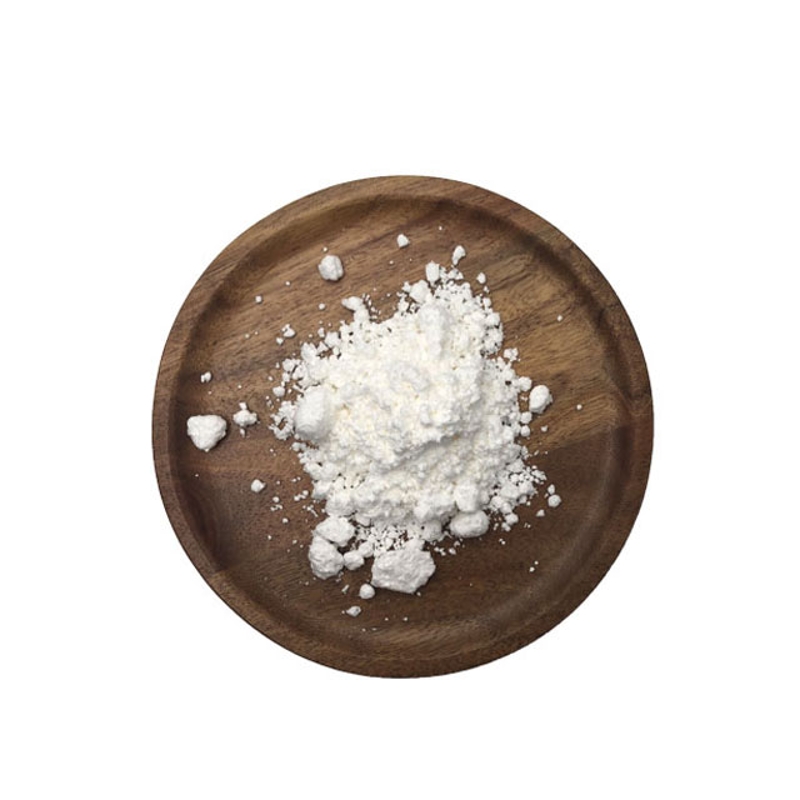-
Categories
-
Pharmaceutical Intermediates
-
Active Pharmaceutical Ingredients
-
Food Additives
- Industrial Coatings
- Agrochemicals
- Dyes and Pigments
- Surfactant
- Flavors and Fragrances
- Chemical Reagents
- Catalyst and Auxiliary
- Natural Products
- Inorganic Chemistry
-
Organic Chemistry
-
Biochemical Engineering
- Analytical Chemistry
- Cosmetic Ingredient
-
Pharmaceutical Intermediates
Promotion
ECHEMI Mall
Wholesale
Weekly Price
Exhibition
News
-
Trade Service
Clinical history: A 27-year-old female patient with diabetes mellitus and poor control was admitted to the hospital for severe community-acquired pneumonia symptoms such as "fever, cough, chest tightness, shortness of breath, dyspnea, chest pain", and then progressed due to her condition.
He deteriorated rapidly and was transferred to the ICU for 2 weeks.
Despite the application of broad-spectrum antibiotics, his condition did not improve.
CT scan was performed, bronchoscopy and biopsy were performed, and the final diagnosis was pulmonary mucor
.
After receiving specific antifungal treatment and symptomatic treatment, severe hemoptysis still occurred, and the clinical symptoms deteriorated rapidly and led to death
.
Imaging examination After admission, a chest CT scan showed that the right lung had a wide central non-enhanced consolidation area, right pleural effusion, and ground-glass shadows around the left pulmonary blood vessels
.
Consolidation surrounds the center ground glass shadow (anti-halo sign)
.
At the same time, a large halo sign appears (Figure 1)
.
Lung involvement includes all right lung bronchus, middle lobe segment arteries are amputated (Figure 2) and mediastinal fat is involved (Figure 3), which is consistent with invasive infection
.
In the follow-up CT pulmonary angiography, there were necrosis and cavities in the lung consolidation (Figure 4)
.
The involvement of the left lung has also worsened
.
Signs of vascular invasion evolved into irregular interlobular and inferior pulmonary arteries, accompanied by stenosis, dilatation, and pseudoaneurysm formation (Figures 5 and 6)
.
The left pulmonary vein is also damaged
.
Figure 1.
CT, lung window: extensive consolidation (blue asterisk) around the center ground-glass shadow (anti-halo sign in the red arrow)
.
Larger halo sign (yellow star)
.
Ground glass shadow of left lung (pink arrow)
.
Figure 2.
Coronal MPR
.
The middle lobe artery was truncated
.
The contour of the descending interlobular artery is irregular
.
Figure 3, CT, soft tissue window: extensive consolidation (blue star) and mediastinal infiltration (yellow arrow) Figure 4.
Chest CTA lung window a and soft tissue window b
.
Extensive necrosis and voids in consolidation
.
Figure 5.
MIP reconstruction: pseudoaneurysm.
Figure 6.
Volume compensation image reconstruction: irregular interlobular and inferior pulmonary arteries with stenosis, dilation and pseudoaneurysms
.
The left lower pulmonary vein is almost invisible, and the upper pulmonary vein is absent/damaged
.
Discussion Mucormycosis is a rare and often fatal opportunistic fungal infection.
It is an invasive vascular infection that often results in pulmonary infarction and invades adjacent tissues
.
It mainly occurs in patients with hematological malignancies with low immune function, especially after solid organ transplantation or stem cell transplantation
.
It has been found that diabetic patients can also be an independent risk factor for mucormycosis, but it is also relatively rare
.
Symptoms may include fever refractory to broad-spectrum antibiotics, dry cough, and progressive dyspnea
.
Pleurisy chest pain, hemoptysis, and pleural effusion are rare
.
Invasion of major pulmonary blood vessels can cause massive and potentially fatal hemoptysis
.
It may also invade adjacent organs, including the diaphragm, chest wall, and pleura
.
There may be non-specific manifestations in imaging
.
It can be manifested as an anti-halo sign on CT, which is consistent with the consolidation zone, and the center is ground-glass opaque.
It is a common and relatively specific sign of mucormycosis
.
The results of vascular invasion include arterial filling defects (fungal emboli) and pulmonary artery pseudoaneurysm formation due to direct invasion of the artery wall
.
In this sense, the vascular truncation sign: refers to the sudden termination of a branch of the pulmonary artery
.
Some severe cases may show a multifocal pneumonia pattern, which is associated with a high mortality rate, similar to multifocal bacterial pneumonia
.
Identifying hyphae in tissues through intrabronchial or percutaneous sampling can distinguish invasive pulmonary aspergillosis and help diagnose mucormycosis
.
This opportunistic invasive fungal infection is much lower than Aspergillus and Candida infections, and the mortality rate is higher
.
It has been proven that surgical treatment combined with systemic antifungal therapy significantly improves survival compared with antifungal therapy alone
.
Timely and effective treatment is essential for a successful outcome
.
Yimaitong compiled from: Pulmonary mucormycosis: a rare and fatal complication in a young diabetic patient-eurorad







